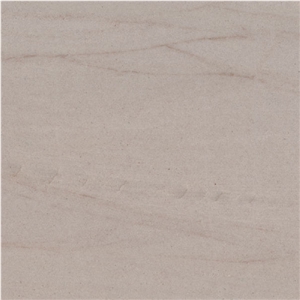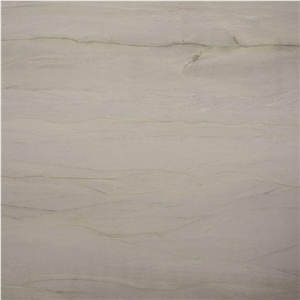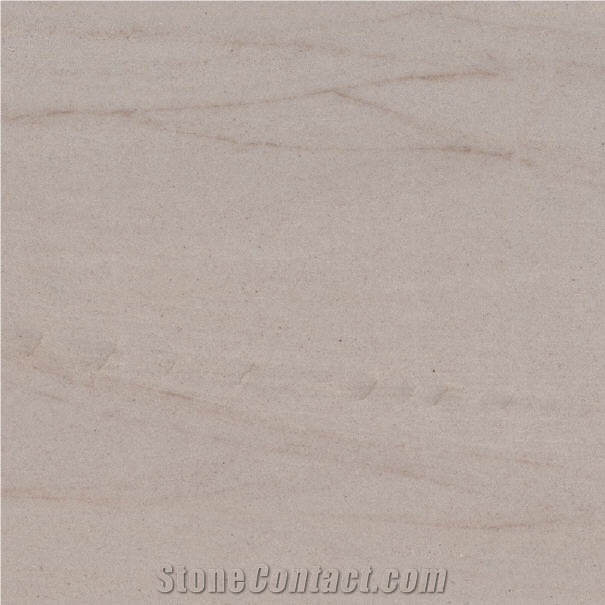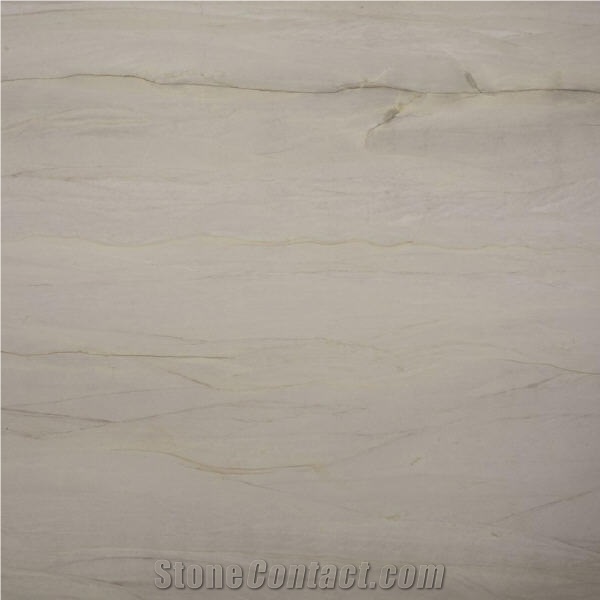Kalahari Quartzite
 Brazil
Brazil
Kalahari Quartzite is a remarkable natural stone renowned for its exquisite beauty and unique characteristics. Quarried in Brazil, this quartzite features a creamy white background adorned with a beautifully blended pattern of creamy beiges and ivory sands, reminiscent of the mesmerizing waves of the Kalahari Desert. The exotic veining and intricate patterns create a sense of movement and depth, adding an element of sophistication to any space. Kalahari Quartzite's creamy tones and subtle hues make it a versatile choice for a wide range of interior and exterior applications, including countertops, wall cladding, flooring, and other architectural features. With its striking appearance and durable nature, Kalahari Quartzite is sure to make a lasting impression in any design scheme.

Can Brazil's Kalahari Quartzite be used in a office?

Are there color variations of Brazil's Kalahari Quartzite?

Is Brazil's Kalahari Quartzite an expensive stone?

Can Brazil's Kalahari Quartzite be used exterior applications in cold climates?

Can Brazil's Kalahari Quartzite be used outdoors?

What grade is Brazil's Kalahari Quartzite?

Can Brazil's Kalahari Quartzite be used in landscaping?

What is the coefficient of friction of Acid Washed Finish Brazil's Kalahari Quartzite tiles?

How thick is Brazil's Kalahari Quartzite slabs?
-

 Spain
Spain
 8YRDiamond members are premium members on platform, providing members with comprehensive approach to promoting their products, increasing products exposure and investment return to maximize.
8YRDiamond members are premium members on platform, providing members with comprehensive approach to promoting their products, increasing products exposure and investment return to maximize.
 Verified Supplier is for prove company authenticity,including business license,trade license and effective office space,to enhance buyers' trust to suppliers and their products, reducing communication costs.
Verified Supplier is for prove company authenticity,including business license,trade license and effective office space,to enhance buyers' trust to suppliers and their products, reducing communication costs.
Contact Supplier
-

 China
China
 7YRDiamond members are premium members on platform, providing members with comprehensive approach to promoting their products, increasing products exposure and investment return to maximize.
7YRDiamond members are premium members on platform, providing members with comprehensive approach to promoting their products, increasing products exposure and investment return to maximize.
 Verified Supplier is for prove company authenticity,including business license,trade license and effective office space,to enhance buyers' trust to suppliers and their products, reducing communication costs.
Verified Supplier is for prove company authenticity,including business license,trade license and effective office space,to enhance buyers' trust to suppliers and their products, reducing communication costs.
Contact Supplier
-

-

 Italy
Italy
 Verified Supplier is for prove company authenticity,including business license,trade license and effective office space,to enhance buyers' trust to suppliers and their products, reducing communication costs.
Verified Supplier is for prove company authenticity,including business license,trade license and effective office space,to enhance buyers' trust to suppliers and their products, reducing communication costs.
Contact Supplier
-

-

 Brazil
Brazil
 Verified Supplier is for prove company authenticity,including business license,trade license and effective office space,to enhance buyers' trust to suppliers and their products, reducing communication costs.
Verified Supplier is for prove company authenticity,including business license,trade license and effective office space,to enhance buyers' trust to suppliers and their products, reducing communication costs.
Contact Supplier
-

-

-

 United States
United States
Contact Supplier
-

The request includes: 1. surface finished, size 2. quantity required









